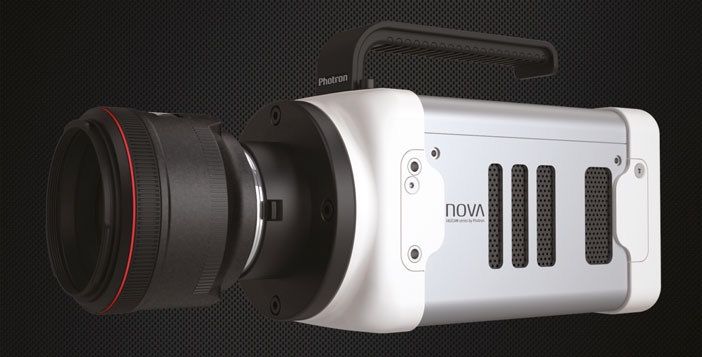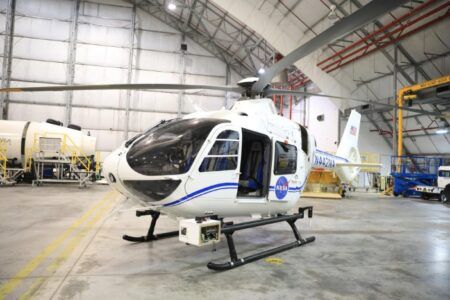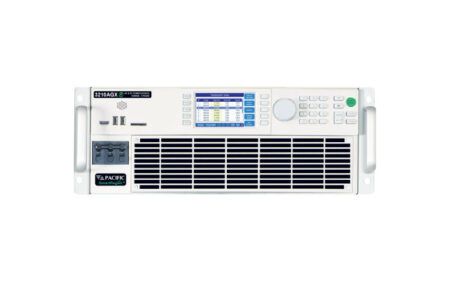High-speed cameras facilitate the detailed analysis of projectile flights, missile launches, combustion processes, engine performance, fuselage durability, material strength, flow/particle movement and more – there are many factors to consider when purchasing a high-speed camera – the most important of these are described below
The first consideration is frame rate. How many frames per second (fps) are required to capture sufficient image detail to analyze a high-speed event? There are a handful of camera suppliers who provide cameras that run at speeds in excess of a few thousand fps at megapixel resolution or higher.
Light sensitivity
In certain applications light sensitivity is the single most critical consideration.
Light sensitivity impacts the quality of high-speed images because without it the images will be dark and difficult, if not impossible, to analyze. Light sensitivity is typically presented as an ISO value. The higher the ISO value, the more sensitive a camera should be. There are standards – such as ISO 12232 – that define how to measure light sensitivity, but many high-speed camera vendors do not adhere to the standards when they measure the ISO values of their cameras. Some vendors publish ISO values but do not specify which ISO standard the values conform to. Without such information the ISO values are meaningless.
Minimum exposure
Some very fast high-speed events require extremely short exposure times – sometimes even less than a single microsecond – to stop the motion of those events. A camera’s ability to achieve a sub-microsecond exposure is dependent on two things. First, the camera’s sensor must be capable of performing such a short exposure. Secondly, the camera’s sensor must be sensitive enough that when it does use a sub-microsecond exposure it can capture enough photons of light to generate video that is of sufficient quality for analysis.
Data offload
After the high-speed event has been captured by a camera, the video data must be transferred from the internal memory on the camera to a more permanent location for storage and analysis. Most camera suppliers have chosen to implement some form of Ethernet to enable the transfer of the data from the camera. Because the recorded data can be tens of gigabytes or larger in volume, the data transfer over Ethernet can be a bottleneck in getting the data out of the camera.
As an alternative to Ethernet, some cameras can download images at very high data rates to a removable nonvolatile memory source such as a high capacity removable SSD. Recorded data can then be directly accessed from the SSD while it is coupled to the camera, or the drive may be removed from the camera and inserted into a docking station for image transfer to a PC.
Sealed camera body
Certain testing environments contain large quantities of airborne dust and other corrosive particles. Some camera suppliers have implemented a sealed body design that prevents such contaminants from being ingested within the internal camera body, where they can adhere to and damage sensitive electronics.
Aerospace testing environments can be especially challenging for high-speed cameras. Frame rate and light sensitivity are typically the most important factors to consider when purchasing high-speed cameras, but as discussed above, there are other things one should think about such as minimum exposure time, data offload speeds, and a camera body design that protects sensitive electronics from contamination by airborne particles. Photron’s new FASTCAM NOVA provides impressive performance in each of these areas.
This article was provided by Photron





